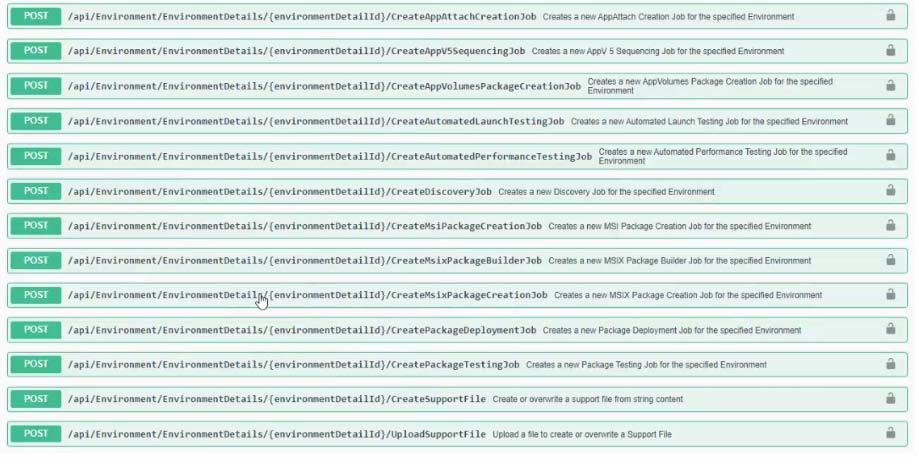Traditionally, application packaging and testing solutions required an organization to work its application management workflows around the platform’s requirements. And for some organizations that have what I call a sausage-factory-type process — meaning feed the to-be-packaged and tested applications in at the front, go through a pretty linear workflow, and receive the desired outcome at the end — this works pretty well.
However, increasingly, as companies strive for agile development with large DevOps teams that even include citizen developers, this model is becoming outdated. Applications that are internally developed are often “just” a collection of files. They aren’t neatly packaged and documented, which could lead to a huge application sprawl nightmare if they’re not managed correctly.
This is where API-driven application management comes in! Today, I want to walk you through the top five reasons why your organization must use an API-driven application and testing automation platform if you want to stay agile and competitive.
1. Empower Your Development Team With Tools They Are Comfortable With
If you want your developers to properly package, test, and document an application, you will need to meet them halfway. Rather than expecting them to initiate a rigid app management workflow or to send their application off to a packaging team, provide them with a tool (e.g., calling restful APIs from the CI/CD pipeline, like Jenkins) that they will be comfortable and familiar with. This makes it so much more likely that they will use it.
Below is a screenshot of all the job types that can be created using Access Capture’s API-driven app management solution using Swagger as the UI. As you can see, this is all about providing your developers with as much flexibility as possible as these are completely workflow-agnostic. You can use this on the back of another workflow such as a ServiceNow request workflow, integrate it with tools like ReadyWorks and Juriba, or create a completely bespoke workflow.

2. Bulk Action App Management Tasks Without Using A Workflow
Sometimes, you just need to bulk test 300 applications over the weekend. Or you need to repackage 150 applications. By using an API-driven application management tool like Capture, you can upload that list on Friday afternoon, and over the weekend, Capture will autonomously fire up a VDI, test the apps, record the results (including a video of the performed test), clean up the virtual machine, and rinse and repeat until the list is done. You can confidently come back on Monday to completed tests with clear outcomes.
3. Let Your Developers Focus On What Matters
One of the big hold-backs has always been that developers have had to learn new technologies and worry about the different deployment types used in your organization and the various prerequisites that are needed.
But wouldn’t it be nice to empower developers to do what they do best without having them be preoccupied with those things? With API-driven application management, your DevOps may create some .exe files, a bunch of DLLs, and some binaries in Visual Studio, run them through Capture, and still have complete flexibility with the outcomes.
This also means that your DevOps community is much more self-sufficient and does not have to rely (wait) on the packaging or testing specialists to get their applications ready for deployment. They can easily and quickly do all these jobs themselves using the APIs.
4. Enforce Corporate & Security Policies
Another advantage of using API-driven application management is that it enables you to enforce corporate and security policies, packaging standards, and more. If you have a large, internal development community that creates applications in all different styles and formats, it is almost impossible to enforce any kind of standards. But run them through Capture, and you will not only have automatically-created documentation, but you can also apply any standards and policies that are required to keep your IT environment healthy and running safely. In fact, this now makes custom apps comparable to third-party apps in terms of app management!
5. Protect Your Investment
Managing custom apps has always been a nightmare when it comes to packaging, testing, deployment, and compatibility. Because of the above-mentioned flexibility that API-driven application management provides you with, you finally have the option to try out different app formats. You can even hold bake-offs for performance testing to make data-driven decisions on which app formats work best in your environment. This not only protects your past investments in your custom app development, but being independent from application formats also makes hybrid models completely achievable!
While there are many more advantages to API-driven application management, I wanted to highlight these today as they show you on a high-level the impact this could have on your in-house development community. The best way to experience this is to schedule a product demo, and I am happy to walk you through these based on the unique challenges you are facing in your environment.
